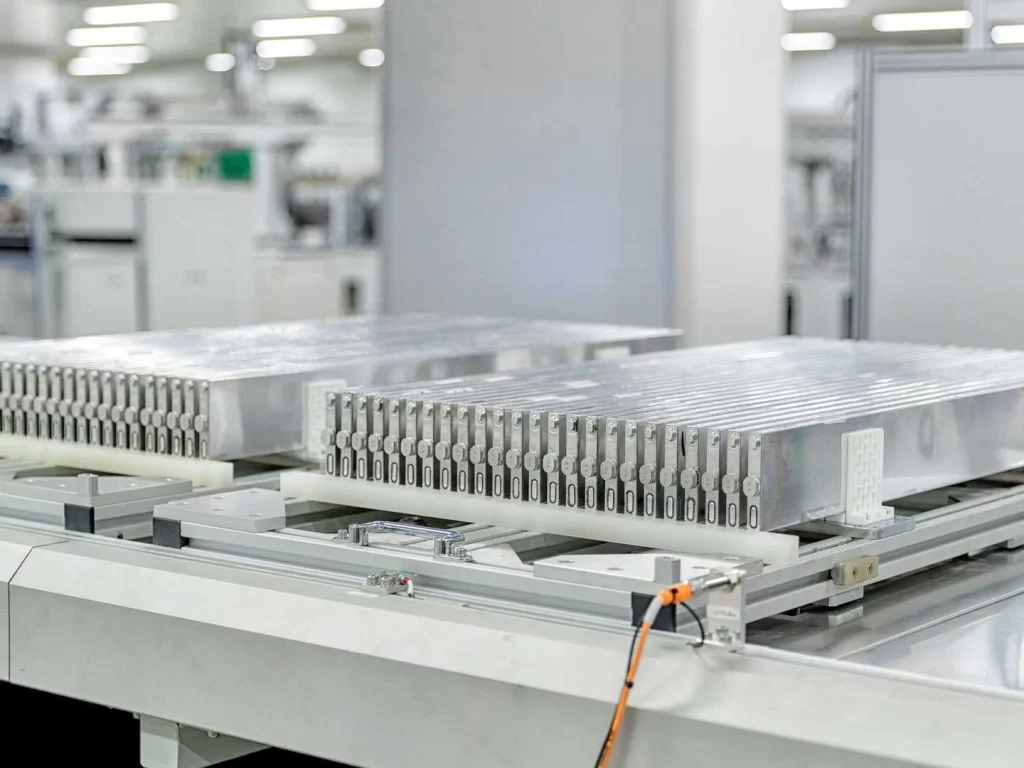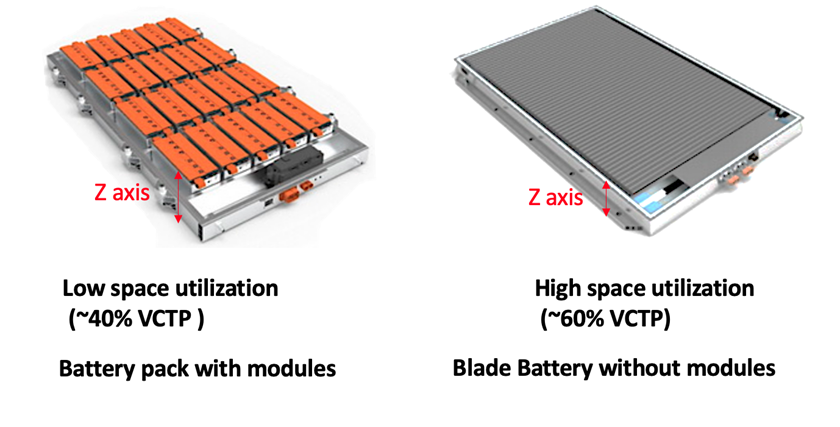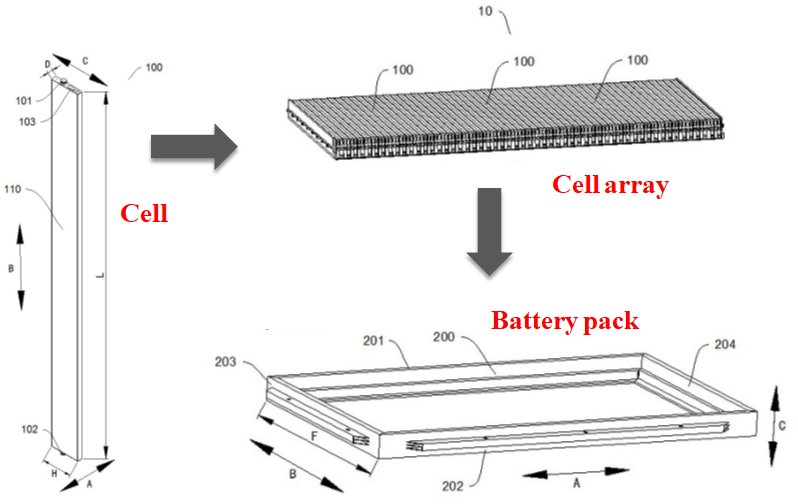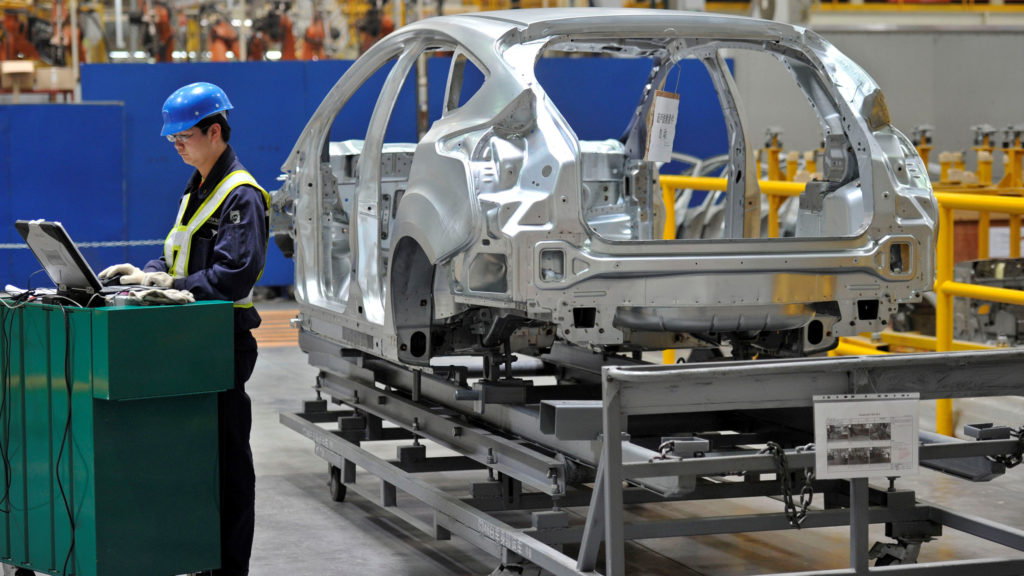BYD Europe believes that its ‘game-changing’ revolutionary Blade Battery will usher in a new age of EV safety and performance in Europe.
With EV adoption picking up throughout the continent, the Blade Battery’s ultra-safe characteristics set it apart from traditional Lithium Iron-Phosphate battery technology, giving it a substantial competitive advantage in the EV market, according to BYD.
The newly announced specification for BYD’s new seven-seat 2021-model BYD Tang SUV – the first car powered by BYD’s latest battery technology for the Norwegian market – features the company’s new Battery.

The BYD Tang had a successful market launch in Norway in 2020, and BYD is convinced that the new Battery will provide a compelling reason for buyers to purchase 2021 models. The 2021 BYD Tang model will go into production in Norway in the second quarter of 2021, with the first cars set to hit Norwegian roads in late summer.
Blade Battery has a new design that takes it to the next level:
The groundbreaking new Battery raises the bar for safety in the electric vehicle business today. The Blade Battery delivered genuinely amazing, class-leading test results following an extensive development programme; a severe nail-penetration test revealed the Blade Battery’s surface temperature attained a wonderfully low 30o – 60o C while generating no smoke or flames.
The Blade Battery was also put through a 300°C furnace test and a 260 percent overcharging test, none of which resulted in a fire or explosive response. The findings show that the Battery outperforms typical ternary lithium batteries and Lithium Iron-Phosphate technologies by a wide margin.

The Blade Battery’s single-cell design is particularly small, measuring just 96cm long, 9cm wide, and 135cm tall. These single cells are then arranged in an array and fitted into a blade-like battery pack. BYD engineers have also reduced the cubic capacity of the battery installation by half, allowing more room for car storage or other ancillary equipment.
This tiny design, combined with class-leading safety credentials, gives BYD a significant competitive advantage and, more importantly, represents a significant step forward for the whole EV sector.
Outstanding work:
BYD’s Blade Battery, in addition to its obvious safety benefits, also delivers on power output. After 3,000 charging/discharging cycles, the Blade Battery has a range of 1.2 million kilometres, while the Battery-powered BYD Tang has a single-charge range of 505 kilometres (NEDC) and accelerates from zero to 100 kilometres per hour in just 4.6 seconds. With a DC power output of 110kW, the BYD Tang’s Blade Battery installation recharges from 30% to 80% capacity in just 30 minutes.
The BYD Blade Battery is in a class by itself, thanks to its mix of safety, long life-cycle, and large single-charge range capability.

Chongqing’s ‘intelligent’ manufacturing plant:
The Blade Battery is made in BYD’s ultra-modern ‘intelligent’ manufacturing facility in Chongqing, China, which has an annual production capacity of 20GWh and costs 10 billion yuan (1.3 billion EU). Only comparable LCD production facilities have such stringent cleaning standards, with moisture levels properly controlled and a constant temperature of 25o C.

“Our new Blade Battery is a game-changer for the EV industry,” said Isbrand Ho, BYD Europe’s Managing Director. “Our highly skilled team of engineers has worked tirelessly to deliver even higher levels of safety – and this is a critical factor for passenger car buyers.” “Over 25 years of experience in rechargeable battery research has culminated in the Blade Battery,” he stated, “fusing the latest technologies with the latest in innovative thinking and production practises.”
Also Read:
- EV news roundup: Germany’s allowance to Mercedes-Level Benz’s 3 Drive Pilot self-driving technology to Canoo transferring EV production from Europe to the United States
- Ruth Cotter revealed five amazing work strategies of AMD in conversation with Blayne Curtis, and you can’t miss it! Scroll till the end









Please provide the single charge range of a standard battery installed in a vehicle carrying 4 persons (e.g. 600 lbs.) and no luggage on a level road with about a wind of 5 mph in a complimentary direction.